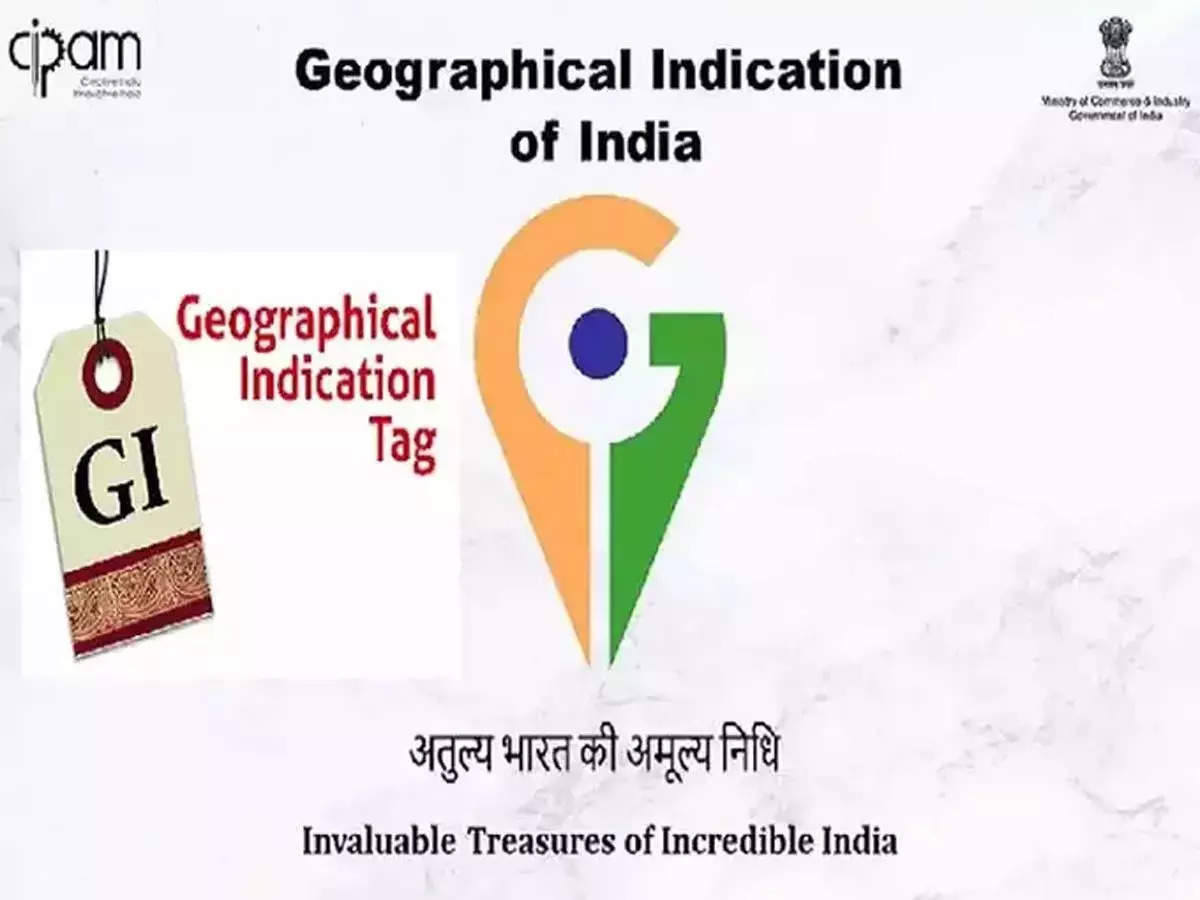India Aims for a GI Tag Bonanza: 10,000 Geographical Indication Products by 2030!
Get ready for a flavor explosion! India is on a mission to register a whopping 10,000 geographical indication (GI) tags by 2030. This ambitious goal, announced by Commerce and Industry Minister Piyush Goyal, is a game-changer for the country's unique and delicious products. Imagine a world overflowing with certified Darjeeling tea, Alphonso mangoes, and more – that's the vision! But what does this mean for you, the consumer? Let's dive in.
Unearthing India's Culinary and Artistic Treasures: The Power of GI Tags
Geographical Indication tags aren't just fancy labels; they're a mark of authenticity and quality. A GI tag ensures that a product originates from a specific region, where its unique characteristics are directly linked to the environment, the people, and their traditional methods of production. Think of the distinctive flavor of a Banaras brocade, the aromatic spice of Kerala cardamom, or the earthy richness of Nagpur oranges – these are all testaments to the power of terroir and tradition. With this initiative, countless regional specialities will receive global recognition, showcasing the diversity and excellence of Indian craftsmanship and agriculture. This boom will impact everything from local farmers' livelihoods to tourism opportunities. The goal isn't just about boosting the economy, but protecting these cultural jewels for generations to come. This exciting project also provides consumers worldwide the ability to explore and readily identify trusted brands.
From 605 to 10,000: A Giant Leap for Indian Products
Currently, India boasts approximately 605 registered GI tags. This is a solid foundation, but the new target of 10,000 by 2030 represents an extraordinary ambition. Reaching this milestone requires strategic planning, collaboration with regional producers, streamlined registration processes, and widespread awareness campaigns to educate potential applicants about the value of GI protection. The government's commitment signals that boosting the global reach of Indian goods is a priority, ensuring fair prices and combating counterfeits. The focus should extend beyond large-scale producers; support must also be directed towards artisans, empowering small businesses to leverage this unique advantage and enter the global marketplace with ease. By showcasing lesser-known products, the initiative creates opportunities for rural economic growth, preserving traditional craftsmanship, and introducing unique experiences to global audiences.
Boosting the Economy and Protecting Traditions
This isn't just about numbers; it's about the heart and soul of India's rich heritage. By supporting GI registrations, the government aims to empower local communities and increase economic opportunities. Each product tells a story—a story passed down through generations. This initiative isn't just about business, it’s about ensuring that the cultural treasures of various regions of India get protected and that they have a sustainable future in the ever-changing economic landscape. The emphasis is to ensure India benefits both economically and culturally by enhancing its global market reach. Protecting these GI tags prevents copycats from profiting unfairly, allowing producers to sell their unique goods at a premium price and bolster their economic prospects. This is where the benefits reach consumers too. When you purchase a product with a GI tag, you can be confident in its authenticity, quality, and origin. It's a vote for supporting local farmers, producers and artisans that will impact more than just your pantry.
The ripple effect of increased registrations
Increased GI tag registrations will open a path for increased export revenue, leading to foreign exchange earnings and creating several job opportunities, leading to economic empowerment, particularly within rural economies that have seen slow growth. The effort will lead to increased consumer confidence in Indian products abroad; and this, coupled with GI tagging, enhances the demand and brand appeal, further adding to growth.
The Global Stage Awaits: Showcasing India's Unique Identity
India's GI-tagged products already have a strong presence on the world stage, but the increased target is ambitious; however, reaching that milestone will further solidify the nation's reputation for producing high-quality, authentic goods. The government's dedication reflects a broader push to align the products with its global brand image, demonstrating that quality and heritage are key factors of success and competitive strength on the international front. This push further cements India's commitment towards becoming a major exporter in a globally competitive market. It’s no longer just about making products; it’s about carefully crafting a global identity and image that focuses on delivering value and quality. It also promotes Indian craftsmanship and heritage to the wider international market.
A platform for preserving cultural heritage
Beyond economic considerations, protecting geographical indication products is essential to preserve cultural heritage. Each GI-tagged product reflects traditions, practices, and skills accumulated over generations; safeguarding them means saving unique aspects of Indian heritage for the future, allowing communities to showcase what makes them unique. The campaign highlights these traditions and inspires future generations to maintain the legacy, preserving cultural practices passed down through generations, and ensures that this cultural inheritance continues. By promoting sustainable production, GI tagging safeguards both cultural heritage and local livelihoods, preserving traditions for future generations while empowering artisans.
Take Away Points
- India's ambitious goal of registering 10,000 GI tags by 2030 highlights the importance of protecting and promoting unique regional products.
- GI tags enhance product authenticity, quality, and market value, benefiting both producers and consumers.
- This initiative boosts rural economies, preserves cultural heritage, and strengthens India's global brand image.









